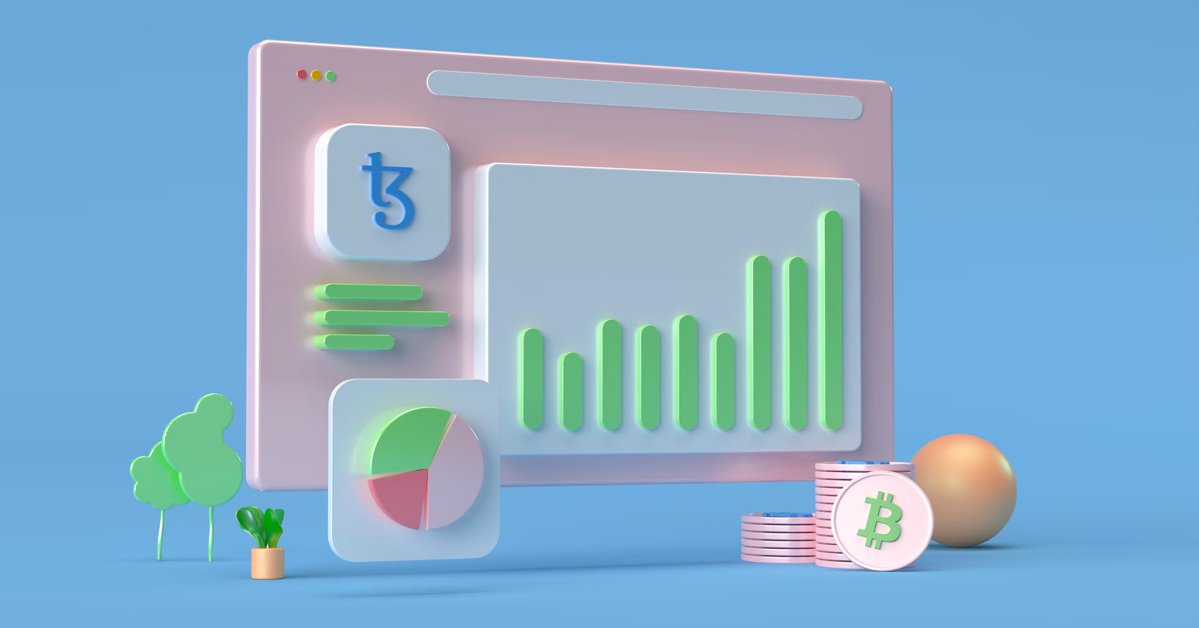Is There a Role for Blockchain in the Future of Finance?
Like many technologies, blockchain was overhyped in its early days. As understanding grows and expectations realign, blockchain solutions are beginning to find useful application in the financial sector.
Blockchain is, perhaps, the hottest trend that the average person cannot explain — and many have never even heard of. While that may be true for many, in the world of finance, blockchain technology has gained more traction due to its central role in enabling cryptocurrencies. Even outside of the crypto market, the potential applications of blockchain are many, but adoption has been slow in a conservative industry with real concerns about security and stability.
As the early hype died down, banks have started to find and test new ways to use blockchain in realistic ways that provide real benefits to users. With renewed vigor and more realistic expectations, blockchain is finally making headway in the financial sector beyond cryptocurrency.
The basics of blockchain explained
To put it succinctly, with the help of IBM, “Blockchain is a shared, immutable ledger that facilitates the process of recording transactions and tracking assets in a business network. An asset can be tangible (a house, car, cash, land) or intangible (intellectual property, patents, copyrights, branding).”
Diving deeper into the underlying technology and possible uses of this emerging technology in “Blockchain and the future of finance,” KPMG writes, “As each transaction occurs, it is stored chronologically in a block, and each block is connected to the one before and after it. To ensure data integrity and security, all parties in the network must validate each transaction—using agreed mathematical formulas called consensus mechanisms—and each block is secured by cryptography…As such, the blocks form a permanent, chronological chain of transactions that cannot be changed without the approval of other participants.”
So, how does this apply to the world of finance?
As blockchain is essentially a record-keeping mechanism for the 21st century, it holds a great deal of promise for financial institutions looking for a more secure and traceable digital ledger — even if some of the initial claims have turned out to be unrealistic.
Early hopes for blockchain and finance
In a global financial system where trillions of dollars flow between billions of people every day, time is literally money. However, the system is riddled with problems from opportunities for fraud to unnecessary fees and delays. And then there is the paperwork — which can often feel onerous and outdated in the digital age.
Back in 2017, Harvard Business Review reported “45% of financial intermediaries” — think payment networks and money transfer services — are subject to economic crime every year. Within the larger economy, that number is 37%. Blockchain seemed to offer a potential solution to the problem, and financial institutions quickly started investing in the new technology; Santander put the potential savings at $20 billion a year.
“Imagine a world with no out-of-sync ledgers,” wrote KPMG. “No need for reconciliations. No fragmented or hidden data that create multiple versions of the truth.” Sounds great, right? Early predictions like these — the KPMG report is from 2019 — suggested “accounting, asset registers, payments, trading, collateral management, and more” would be changed forever with the aid of blockchain.
Cutting out the middlemen
As well as eliminating many of the glitches of centralized payment systems, blockchain was also credited with the potential to cut the middlemen out of financial transactions, ushering in a new era of individual empowerment: “For the first time in human history, two or more parties ... who may not even know each other, can forge agreements, make transactions, and build value without relying on intermediaries ... to verify their identities, establish trust, or perform the critical business logic...” enthused the Harvard Business Review.
Now, in 2022, it’s clear that this potential has not been fully realized — but that does not mean useful blockchain-based tools aren’t emerging.
The reality of blockchain in finance
As early as 2016, The Financial Times reports, Gartner put blockchain near the top of its “peak of inflated expectations” section. Like many technologies that excite early adopters, the reality of bringing blockchain to the masses proved more difficult than expected, in part, because “the realization that getting competing companies to co-operate on data sharing and storage is hard. Collaboration comes with oligopoly risk, lack of autonomy and loss of privacy.”
Some have also pointed out that centralized financial players are unlikely to cooperate in the development of standards and protocols whose potential, if fully realized, would make them and their services obsolete.
Nevertheless, very real, pragmatic concerns have slowed the adoption of blockchain solutions for the financial market. In spite of this, useful financial applications are beginning to emerge as the technology matures and expectations are more realistic.
Harnessing blockchain
In 2021, JPMorgan Chase announced a partnership with Siemens to develop a blockchain system to facilitate the group’s payments. The two companies called it "a first-of-its-kind application.” Siemens also pointed to changing user needs as part of the impetus behind the project, saying, “the improved automation is needed to process the far greater number of payments it expects due to the growing popularity of payment models like pay-per-use.”
HBSC and Wells Fargo are also testing the blockchain waters. At the end of 2021, the companies announced they would cut “out a key part of the currency market’s infrastructure from some trades after the two banks agreed to settle transactions directly on blockchain technology.” This came shortly after Swiss and French central banks tested the first successful cross-border payment on the blockchain.
Much like the early days of the internet and the dotcom bubble, the hype around blockchain has led to an overinflation of expectations. But now that expectations have been reset, blockchain technology will undoubtedly find a place in tackling the very real shortcomings of our global financial networks.

